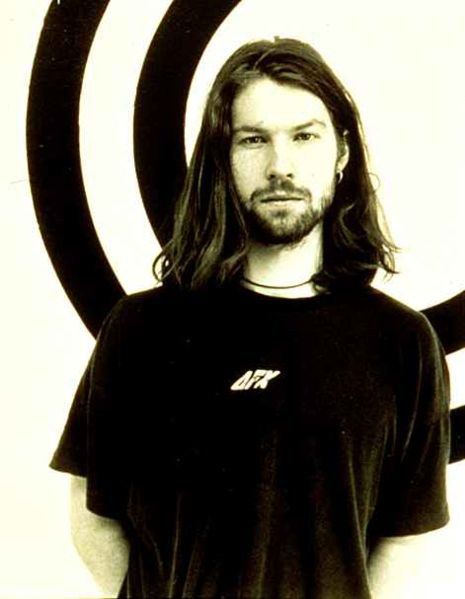🎼 IDM
In the early nineties, several names (ambient techno, armchair techno, electronics) were used in the public domain not only for club purposes, but mainly to mark more in-depth recordings intended for listening to music at home. In 1992, WARP Records released the compilation album Artificial Intelligence, and promoted the works of the artists belonging to the label first as “electronic listening music” and then as “intelligent techno”. The activities of the publishers of the publication and the label have aroused considerable interest in the North American continent. The term IDM (Intelligent Dance Music) was first used by Alan Parry, a big fan of WARP publications, in August 1993, when he launched the IDM list on Usenet. The collective name refers to the quality production of performers who stood out from the rave era with their artistic attitude, individual sound and willingness to experiment.
The term “intelligent dance music” has been widely criticised and dismissed by most artists associated with it, including Aphex Twin, Autechre, and μ-Ziq.

The IDM List
In November 1991, the phrase “intelligent techno” appeared on Usenet in reference to Coil’s The Show EP. Off the Internet, the same phrase appeared in both the U.S. and UK music press in late 1992, in reference to Jam & Spoon’s Tales from a Danceographic Ocean and the music of The Future Sound of London. Another instance of the phrase appeared on Usenet in April 1993 in reference to The Black Dog’s album Bytes. And in July 1993, in his review of an ethno-dance compilation for NME, Ben Willmott replaced techno with dance music, writing “…current ‘intelligent’ dance music owes much more to Eastern mantra-like repetition and neo-ambient instrumentation than the disco era which preceded the advent of acid and techno.
The common base is a peculiar approach to music, but the offer is quite mixed musically: the contemporary experimental electronic aspirations are sometimes dub, sometimes breakbeat, sometimes drum & bass, sometimes chill out, sometimes ambient, sometimes minimal techno, sometimes trance, but we find among them abstract hip hop works as well. With this in mind, it is understandable that IDM as a classification has provoked and continues to provoke ongoing debates to this day.
It has also been the subject of eternal debate - and is likely to be - about which performers can fall into this category. The following names were found frequently in the Usenet IDM list:
Andrew Weatherall, Aphex Twin, Autechre, Black Dog, Boards of Canada, FSOL, Leftfield, LFO, Luke Vibert, Massive Attack, μ-ziq, Orbital, Plastikman, Richard H. Kirk, Sabers of Paradise, System 7, The Orb, William Orbit.
You can find more details about its formation and development on Ishkur’s Guide to Electronic Music, and you can listen to IDM music right away. http://music.ishkur.com/?query=AmbientTechno#
The Every Noise at Once platform provides an opportunity for people to get to know better the names of the creators who have ever been in the genre and thus the peculiarities of it. https://everynoise.com/everynoise1d.cgi?root=ambient techno&scope=all
Sources :
MENNYEK KAPUI - Az elektroniks zene évtizede (The decade of electronic music)
Wikipedia
Ishkur’s Guide to Electronic Music
Pulzar.hu